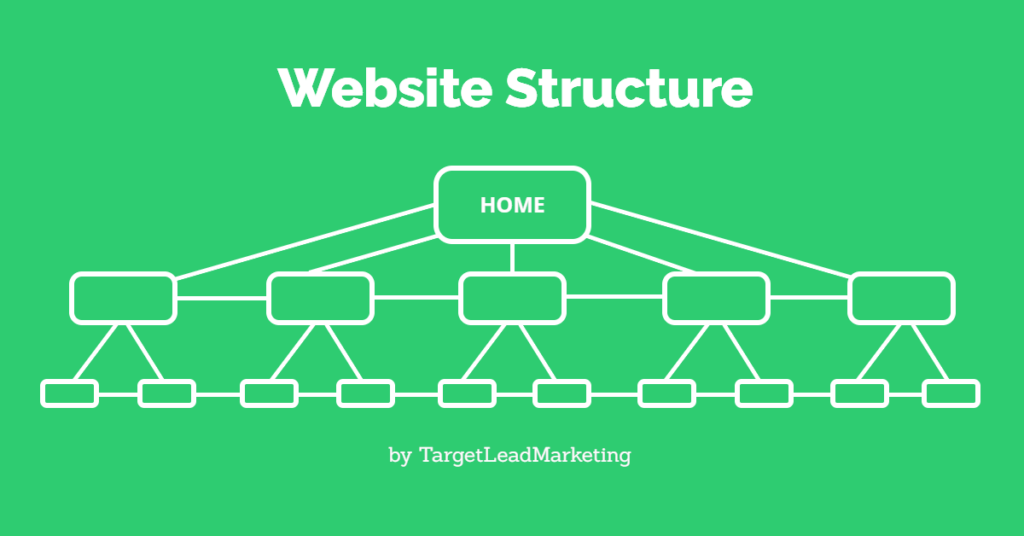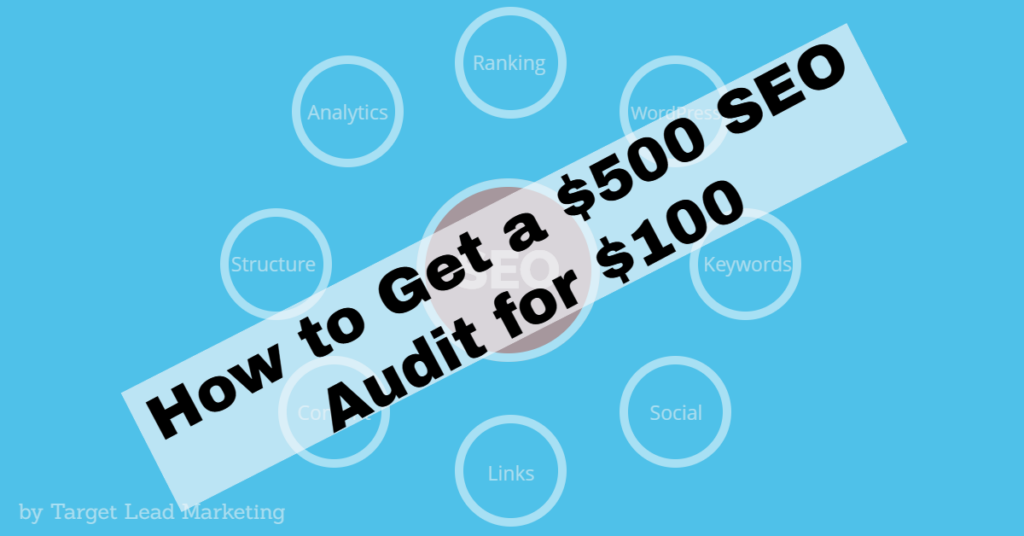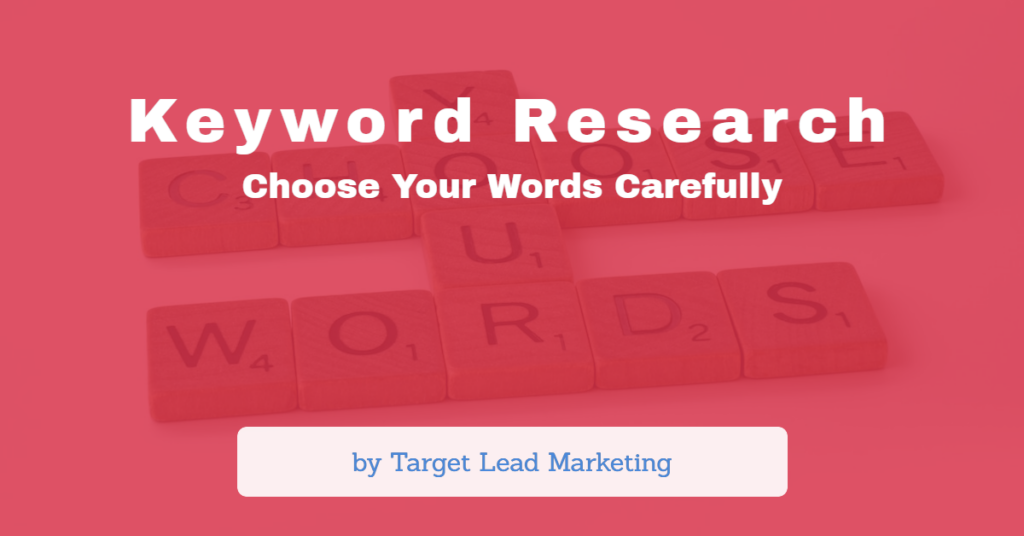How to Plan a Website Structure
Your website structure is a hierarchy that shows how your pages and posts are connected.
When you start your website, you need to think about your overall structure before you get too far along.
If you are using a WordPress theme (and you should be), the four main things to consider in the beginning are:
- Permalink Structure
- Categories
- Pages
- Posts
- Link Structure
Great SEO starts with your website structure.
Permalink Structure
Your permalink structure is one of the first steps to address, and it’s critical that you get this right before you write content for your website.
Permalink Structure – Your permalink structure dictates what your website URLs will look like.
WordPress makes it easy to select the right structure for your situation.
In WordPress, go to Settings, and select Permalinks.
Look for the choice that says “Custom Structure.” This is the permanlink structure that you should choose.
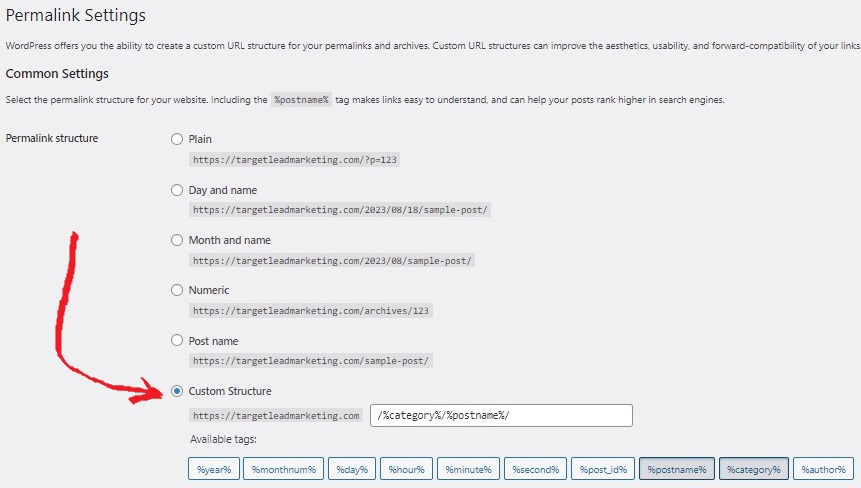
To the right of the Custom Structure selection is a spot where you should add the following exactly like this – /%category%/%postname%/
The benefit of choosing this permalink structure is that your website posts will appear in search engine rankings displaying your categories and post names. (good for SEO)
As a second choice for smaller websites that won’t have many posts, you could choose the “Post name” option.
Pro Tip – You must create redirects if you have to change your permalink structure. Otherwise, your content will no longer be visible on your website.
Categories
Categories offer a way to sort or group posts into topics.
For your life insurance website, you might decide on creating categories for things like Company Reviews, Policy Riders, Life Insurance Types, etc.
Here’s what the categories section looks like in WordPress.
Under the “posts” section, you can create categories.
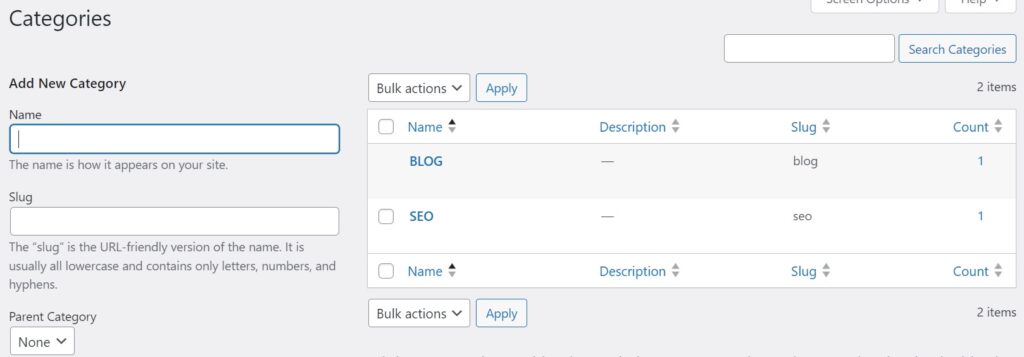
What you don’t want to do is create too many categories. You can always add more if needed.
You also want to create categories with one to two words maximum.
Pages
Your pages and posts make up your website content.
Pages – Your pages should be used for permanent topics like your contact us, about us, thank you, privacy pages, etc.
You want to create your pages from the beginning, as they will be used later as part of your linking strategy.
Posts
Posts – You want to use Posts for writing your content.
The vast majority of your website’s content will be posts.
Final Thoughts
Part of your content strategy is to think about the main topics you want to cover.
You do this to create a Cornerstone/supporting post format.
Using a life insurance website as an example, you might create a cornerstone page for “life insurance” and then create supporting posts for term life insurance, whole life insurance, and universal life insurance.
More on this in future posts.
